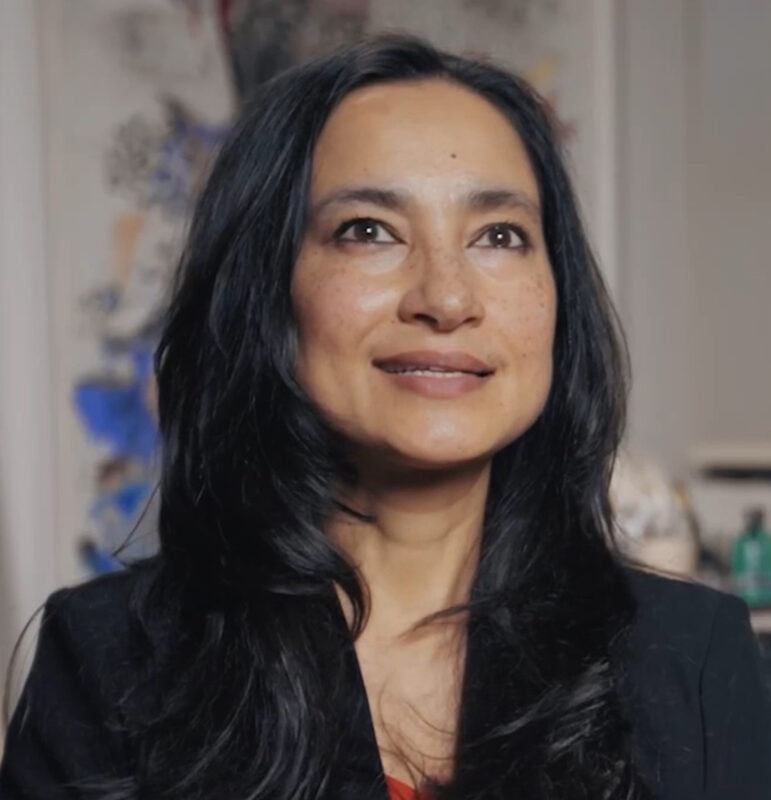Continue playing
(Time remaining: )
Play from beginning
Continue playing "{{ controller.videos[controller.getVideo(controller.currentVideo)].segmentParentTitle}}"
{{controller.videos[controller.getVideo(controller.currentVideo)].title}} has ended.
Gülsün Karamustafa with Shahzia Sikander at the 13th Istanbul Biennial
Gülsün Karamustafa explains her installation Mystic Transport to Shahzia Sikander, which is featured in the 13th Istanbul Biennial. Inspired by the migration of countryside Turkish people to the city centers in the 1980’s, Karamustafa muses on the vernacular textiles that signify the intermingling of cultures.
“The kitsch rises, the high and low mix together, and this hybridity becomes your life.”
Closed captionsAvailable in English, German, Romanian, Italian, Japanese, Korean, Chinese, Italian
Through the Art21 Translation Project, multilingual audiences from around the globe can contribute translations, making Art21 films more accessible worldwide.
Interested in showing this film in an exhibition or public screening? To license this video please visit Licensing & Reproduction.
Gülsün Karamustafa was born in 1946 in Ankara, Turkey. She lives and works in Istanbul. Including painting, sculpture, video, and installation, Karamustafa’s work deals with gender, migration, identity, and history.
Shahzia Sikander specializes in Indian and Persian manuscript painting, a traditional, technique-driven style that Sikander imbued with a personal context and history, blending the Eastern focus on precision and methodology with a Western emphasis on creative, subjective expression. In doing so, Sikander transported manuscript painting into the realm of contemporary art. Expanding the manuscript painting to the wall, Sikander also creates murals and installations, using tissue-paper-like materials that allow for a more free-flowing style. Utilizing performance and various media and formats to investigate issues of border crossing, she seeks to subvert stereotypes of the East and, in particular, the Eastern Pakistani woman.


